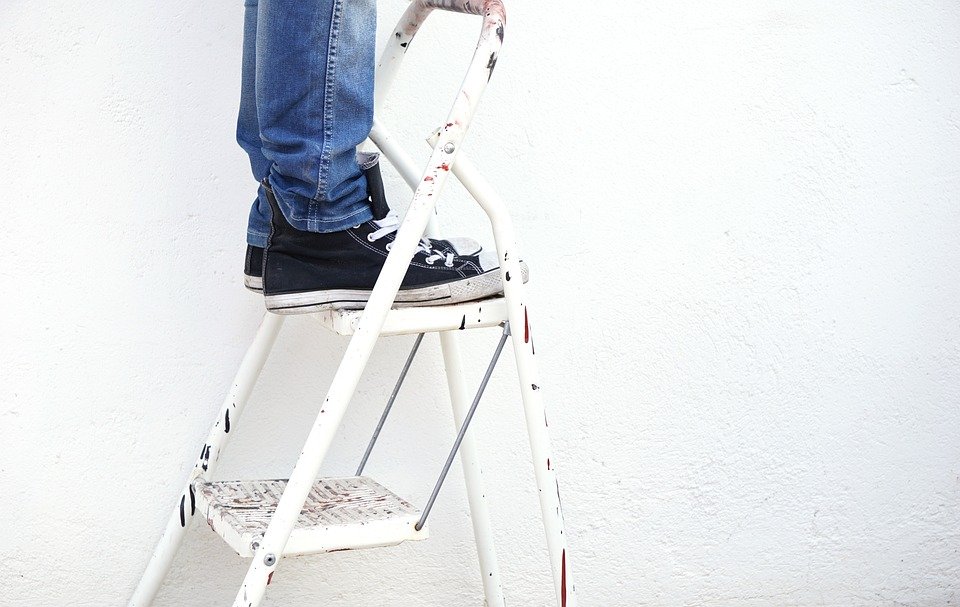Travel Plan for 5-Day Seoul Traditional Markets
Purpose: This itinerary is designed to immerse travelers in the vibrant culture of Seoul’s traditional markets, where they will experience the sights, sounds, and tastes of the city’s unique culinary and retail offerings.
Day 1: Arrival and Gwangjang Market
– Arrival at Incheon International Airport and transfer to hotel (approximately 1 hour by taxi or 1.5 hours by public transportation)
– Check in at hotel and rest
– Lunch at nearby restaurant (approximate cost: 10,000 KRW)
– Visit Gwangjang Market, Seoul’s oldest and largest traditional market, known for its street food, silk goods, and hanbok (approximate travel time: 30 minutes by subway, approximate cost: 1,250 KRW)
– Dinner at Gwangjang Market (approximate cost: 15,000 KRW)
– Return to hotel (approximate travel time: 30 minutes by subway)
Day 2: Namdaemun Market and Myeong-dong
– Breakfast at hotel
– Visit Namdaemun Market, a historic outdoor market famous for its seafood, ginseng, and souvenirs (approximate travel time: 20 minutes by subway, approximate cost: 1,250 KRW)
– Lunch at nearby restaurant (approximate cost: 10,000 KRW)
– Explore Myeong-dong, a popular shopping district with street vendors, department stores, and fashion boutiques (approximate travel time: 10 minutes by subway, approximate cost: 1,250 KRW)
– Dinner at a Korean BBQ restaurant (approximate cost: 20,000 KRW)
– Return to hotel (approximate travel time: 10 minutes by subway)
Day 3: Tong-in Market and Insadong
– Breakfast at hotel
– Visit Tong-in Market, a traditional market known for its freshly made lunchboxes and handicrafts (approximate travel time: 20 minutes by subway, approximate cost: 1,250 KRW)
– Lunch at Tong-in Market (approximate cost: 8,000 KRW)
– Explore Insadong, a cultural district with art galleries, tea houses, and antique shops (approximate travel time: 5 minutes by subway, approximate cost: 1,250 KRW)
– Dinner at nearby restaurant (approximate cost: 15,000 KRW)
– Return to hotel (approximate travel time: 15 minutes by subway)
Day 4: Noryangjin Fisheries Wholesale Market and Korean Folk Village
– Breakfast at hotel
– Visit Noryangjin Fisheries Wholesale Market, the largest seafood market in Seoul, where travelers can purchase fresh seafood and have it cooked on-site (approximate travel time: 30 minutes by subway, approximate cost: 1,250 KRW)
– Lunch at Noryangjin Market (approximate cost: 15,000 KRW)
– Visit Korean Folk Village, an open-air museum where visitors can see traditional Korean architecture, performances, and crafts (approximate travel time: 1 hour by taxi, approximate cost: 30,000 KRW)
– Dinner at nearby restaurant (approximate cost: 20,000 KRW)
– Return to hotel (approximate travel time: 1 hour by taxi)
Day 5: Dongdaemun Market and Departure
– Breakfast at hotel
– Visit Dongdaemun Market, a fashion district with over 26 shopping malls and 30,000 stores selling everything from designer clothes to electronics (approximate travel time: 10 minutes by subway, approximate cost: 1,250 KRW)
– Lunch at nearby restaurant (approximate cost: 10,000 KRW)
– Return to hotel and check out
– Departure from Incheon International Airport (approximate travel time: 1 hour by taxi or 1.5 hours by public transportation)
Hotel Recommendations: Some recommended hotels in the vicinity of popular markets are the Grand Ambassador Seoul associated with Pullman, Fraser Place Namdaemun, and The Westin Josun Seoul.
FAQs:
Q: Is it safe to eat street food?
A: Yes, it is generally safe to eat street food in Seoul, especially at well-established markets. However, travelers should exercise caution and avoid consuming food that has been sitting out for a long time, has not been properly cooked, or looks unsanitary.
Q: Can I bargain at the markets?
A: While bargaining is not common practice in Korean markets, some vendors may be willing to negotiate prices, particularly for larger purchases or when buying multiple items.
Q: What should I wear to the markets?
A: Comfortable walking shoes and casual clothing are recommended, as some areas may be crowded and involve a fair bit of walking. Additionally, it is helpful to bring a reusable shopping bag for carrying purchases.



